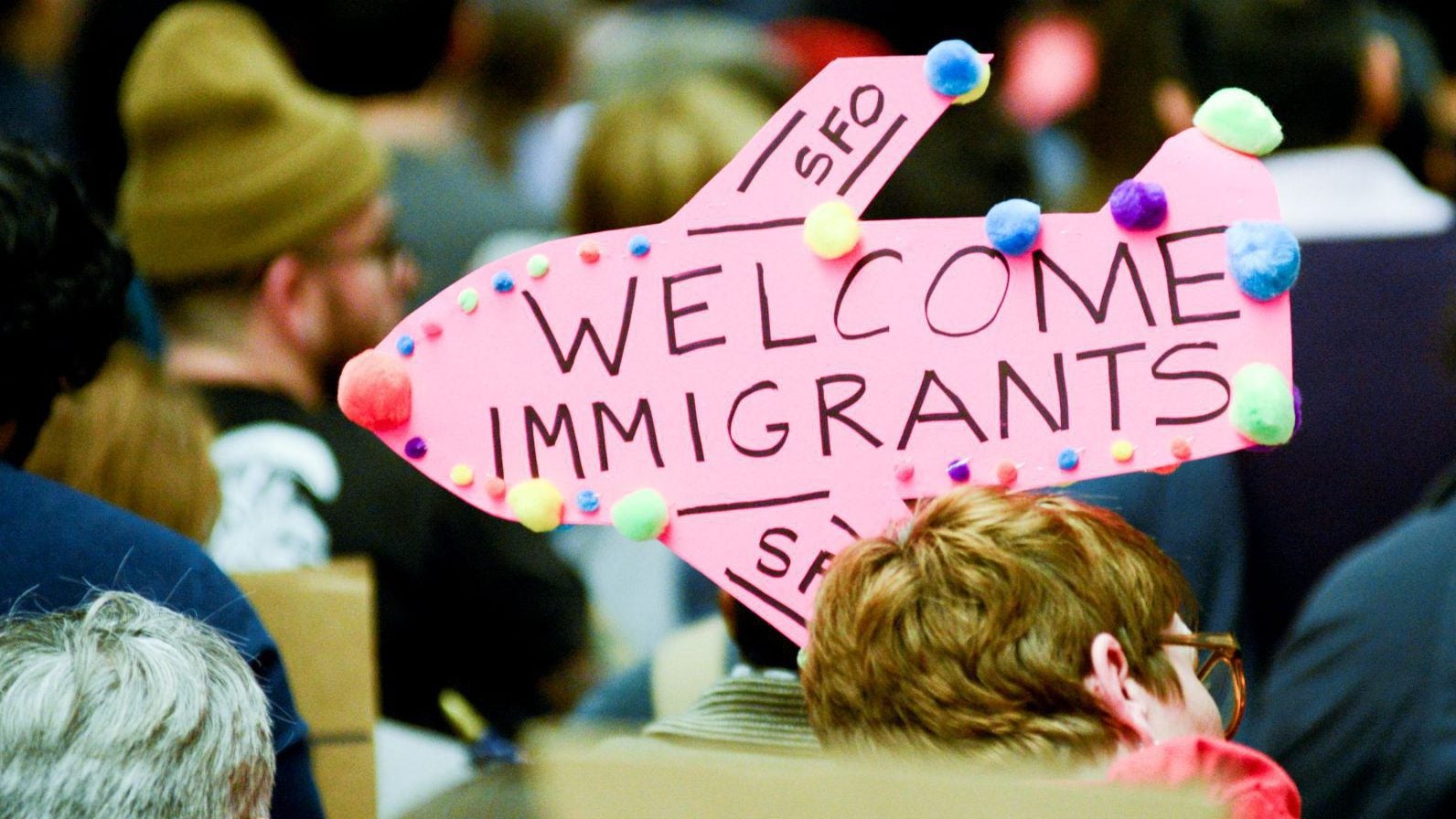More Silicon Valley tech workers were born outside the US than in it
The US government has sent a clear message to potential immigrants over the past six months: no jobs here.


The US government has sent a clear message to potential immigrants over the past six months: no jobs here.
President Donald Trump’s administration has taken aim at the H-1B visa program, a pathway for many foreign-born workers to join US companies, and recently “delayed” implementation of the so-called startup visa, an Obama-era rule allowing immigrants with funded startups that employ Americans to secure temporary residence in the the US, until 2018 The delay may be indefinite.
Just how important are all these immigrants? The Silicon Valley Competitiveness and Innovation Project Report analyzed the share of foreign- and US-born professionals in the science, technology, and engineering fields in its 2017 report (pdf) using 2015 US Census Bureau data. It turns out that almost every major tech hub has more foreign-born workers than domestic ones. Silicon Valley leads the way: A greater percentage of its tech workforce is foreign-born than in New York, Boston, Seattle, or Austin.
As anyone who spend time in San Francisco knows, the share of new arrivals from out of state or out of the country (82%) dwarfs the number of natives. That ratio holds true in each of the six largest US “innovation regions” with the exception of Austin (45% domestic, compared with 36% foreign born).